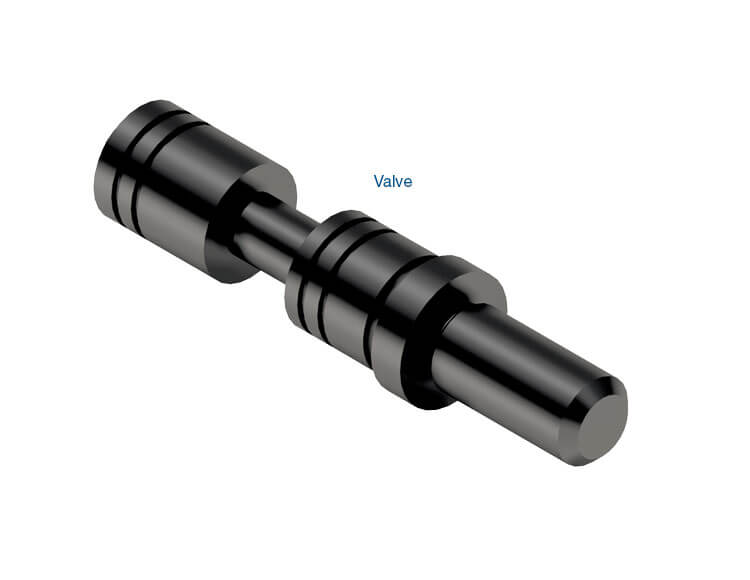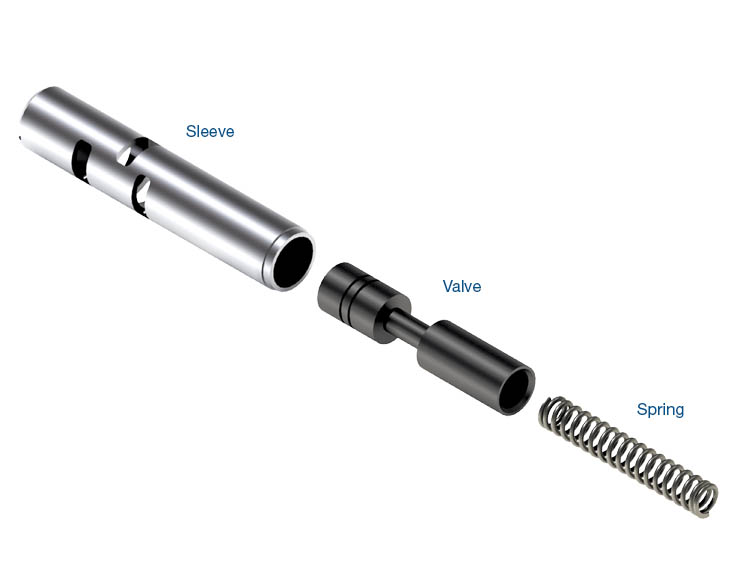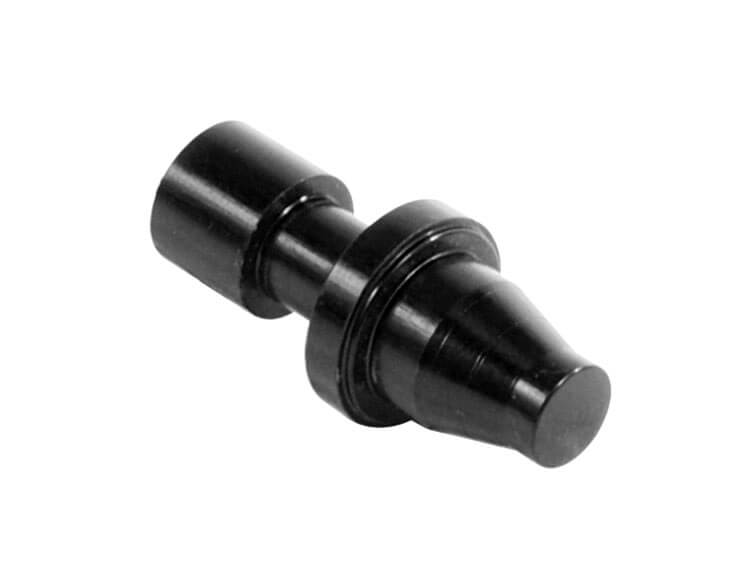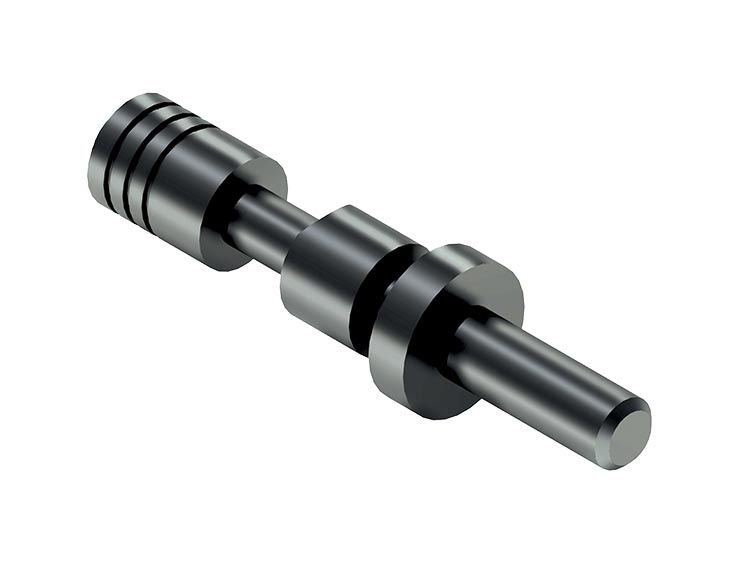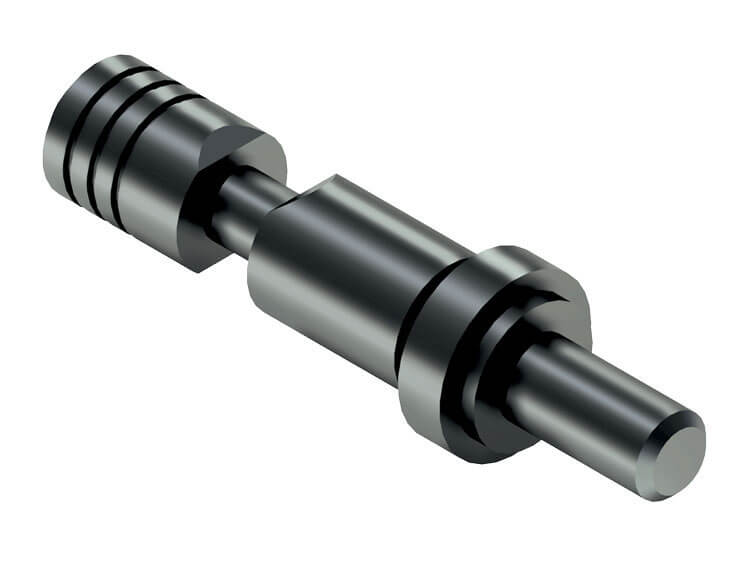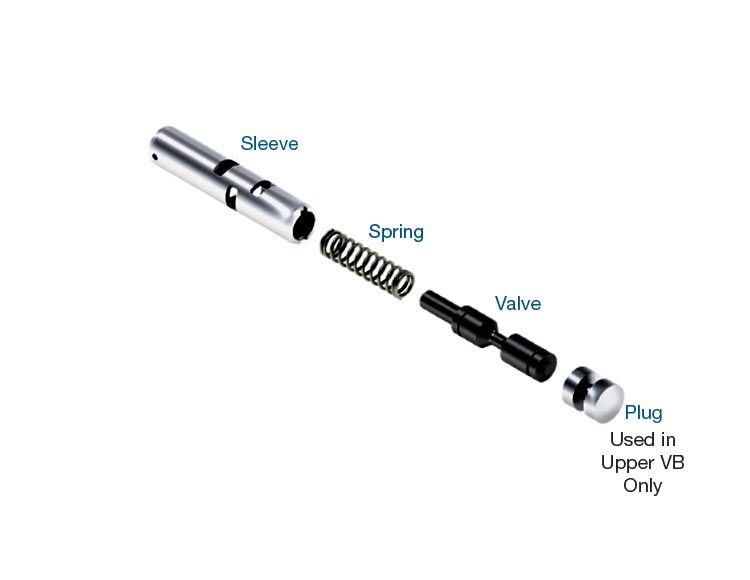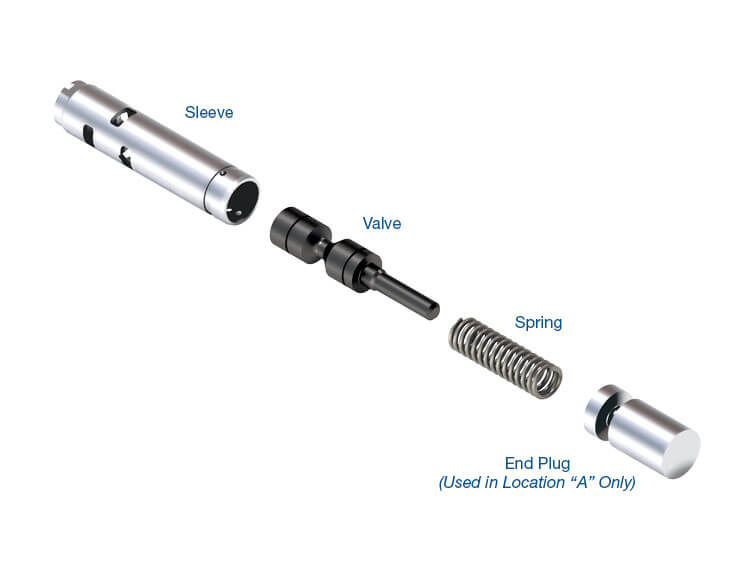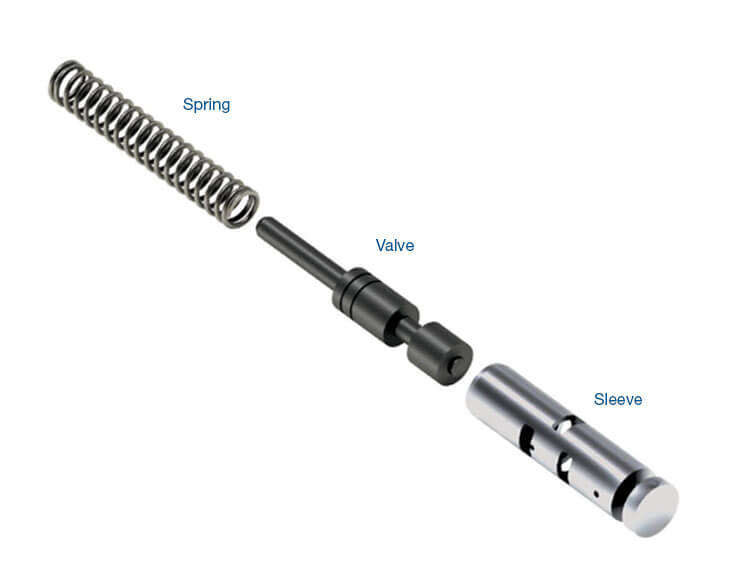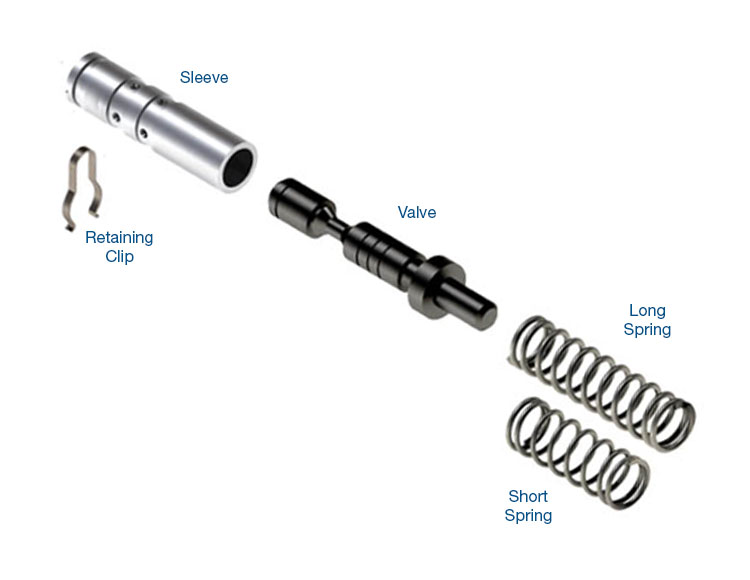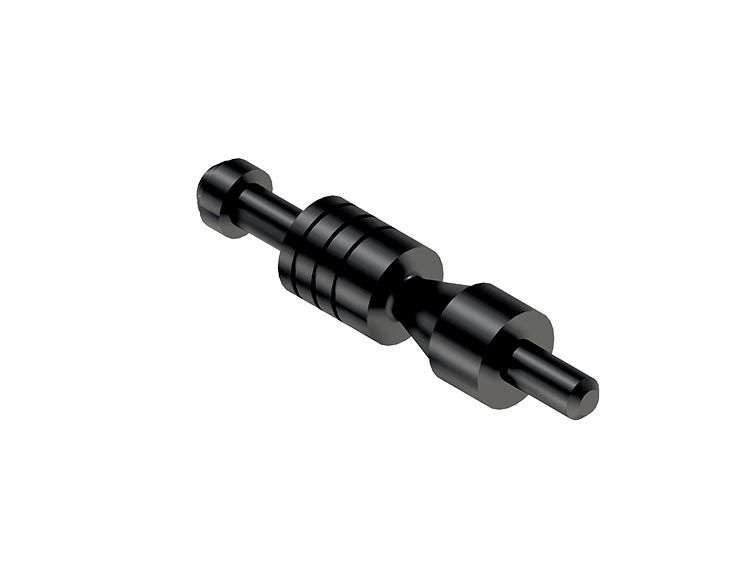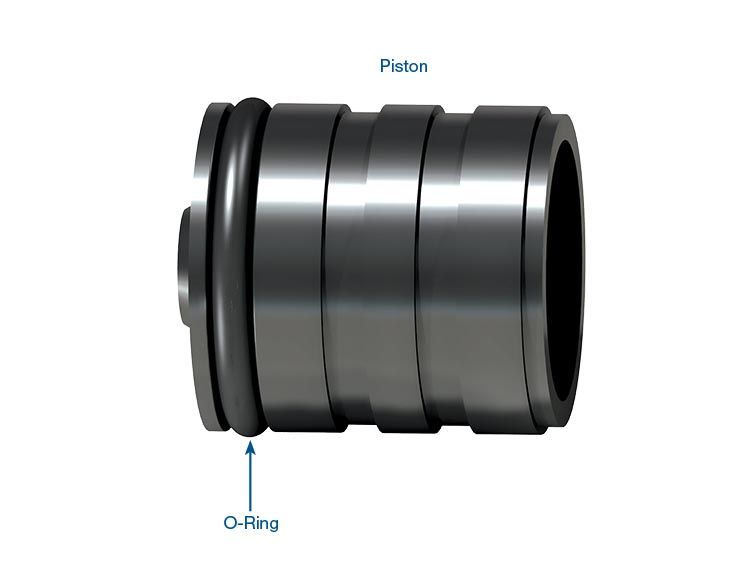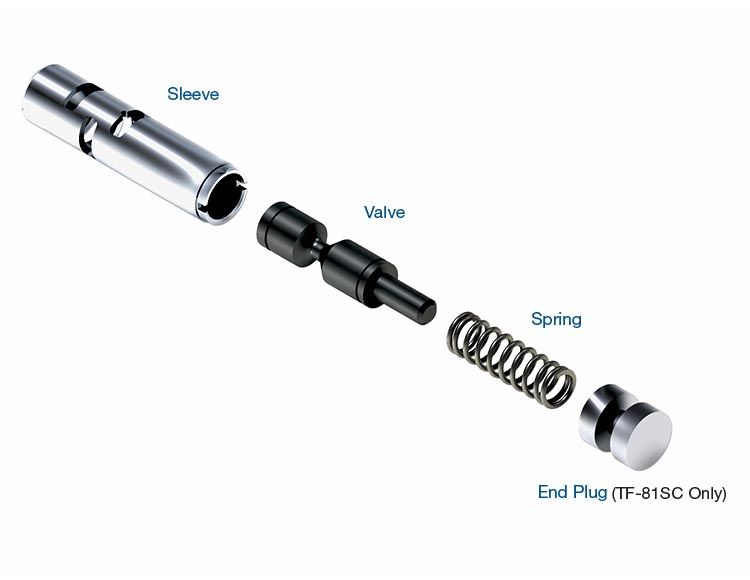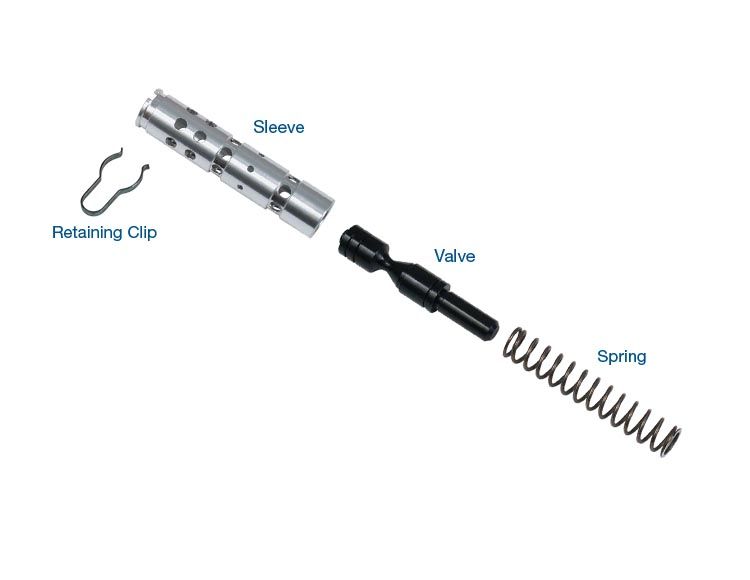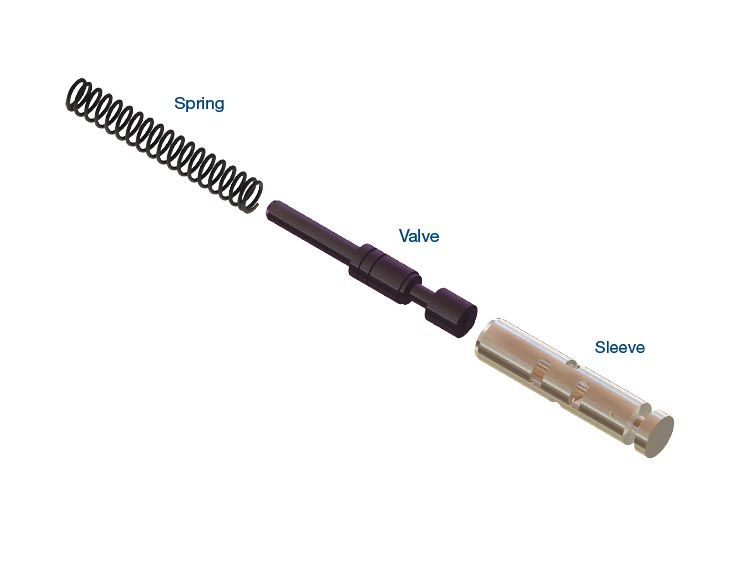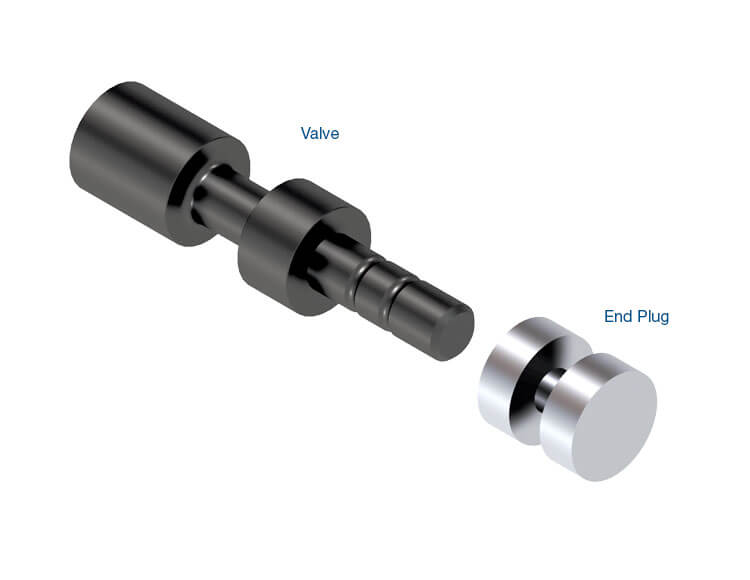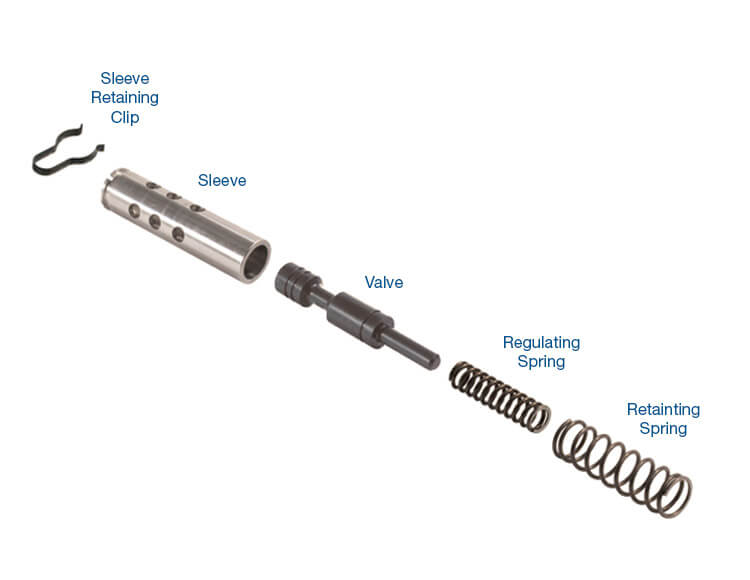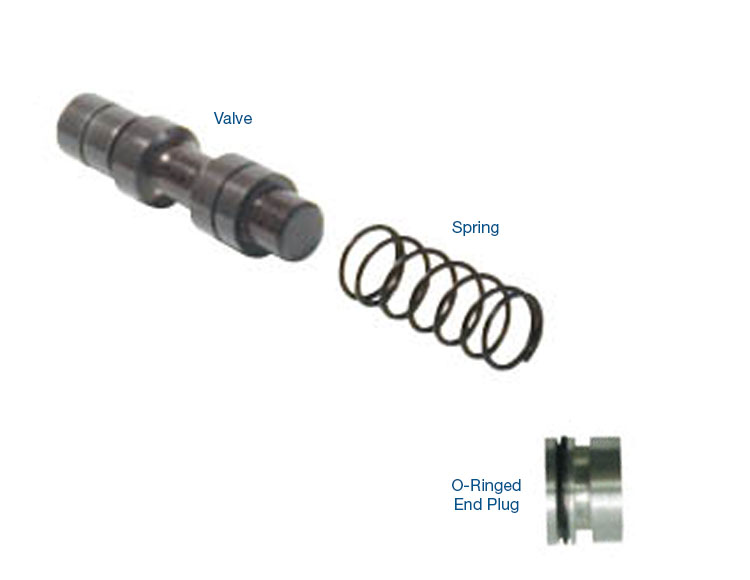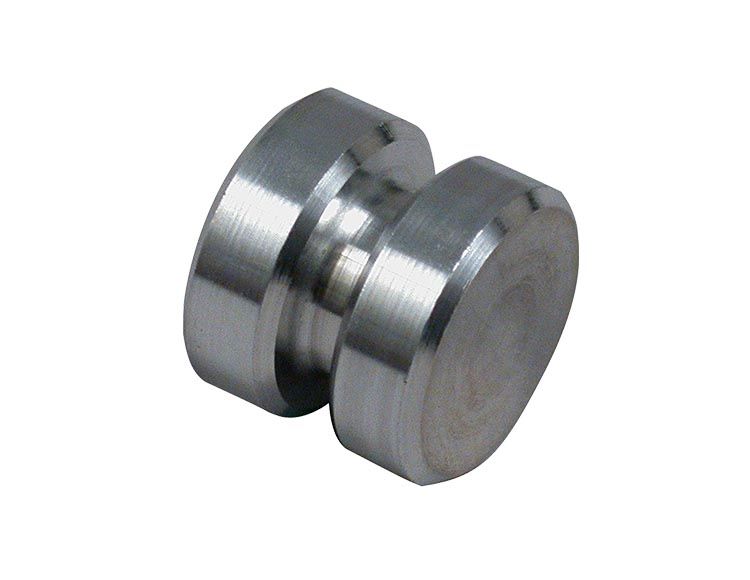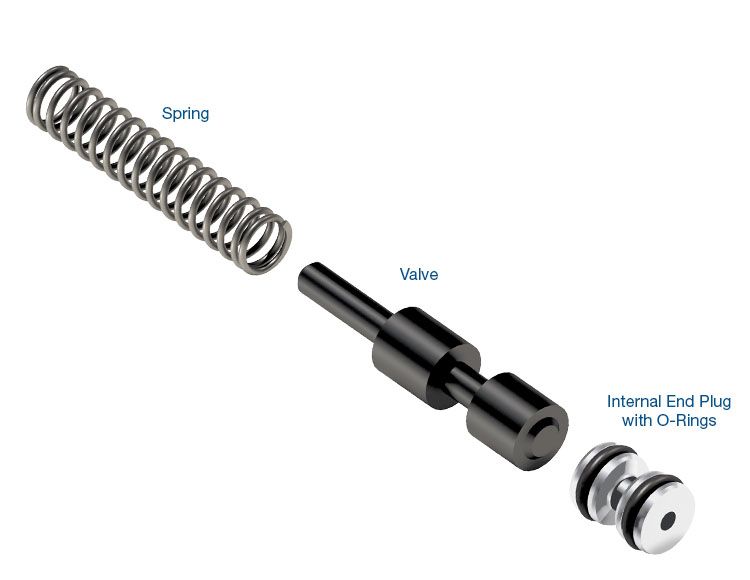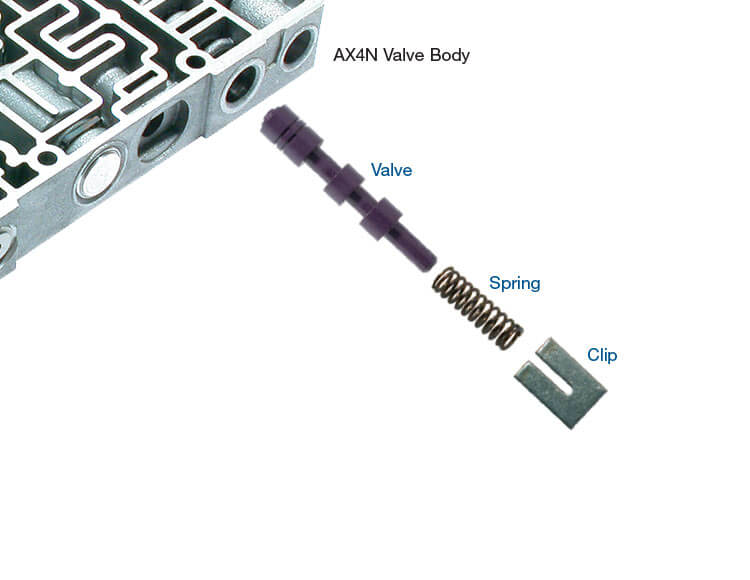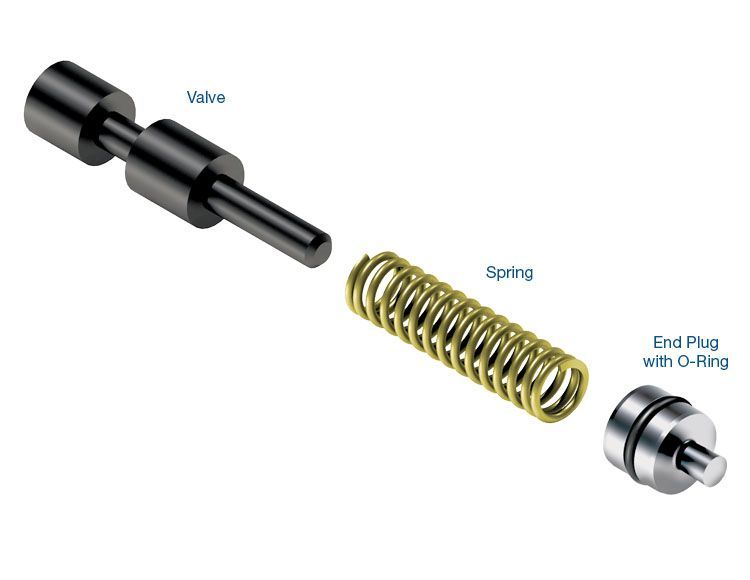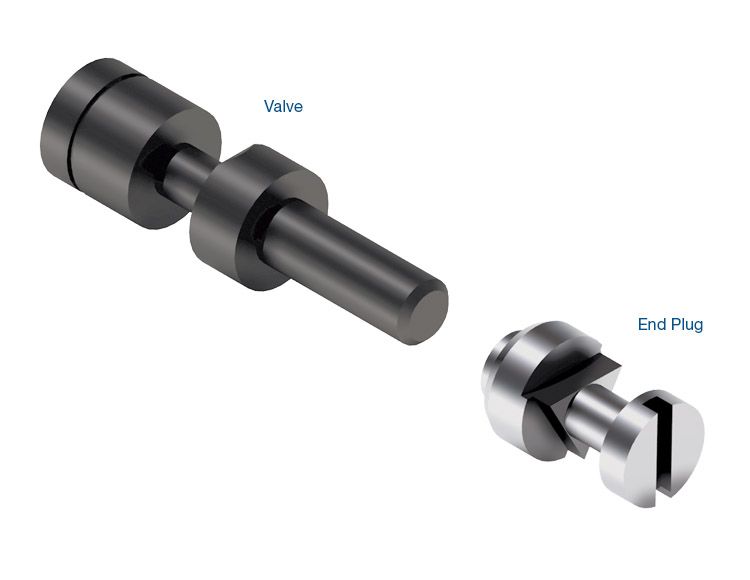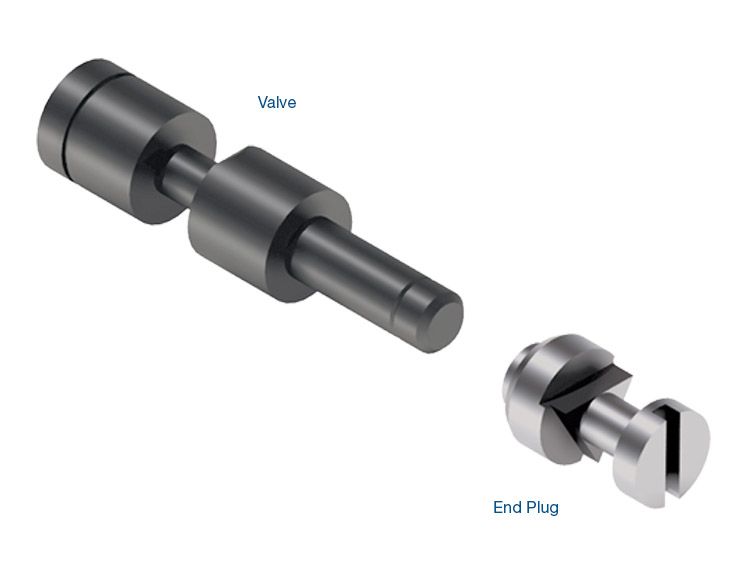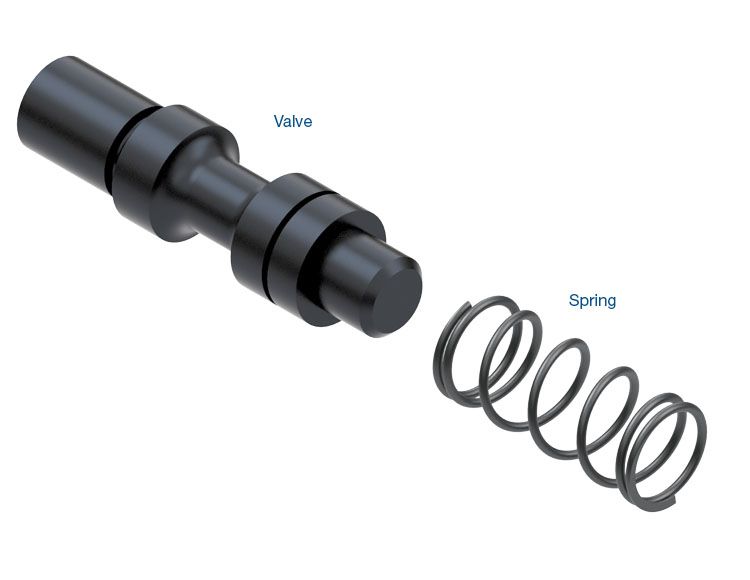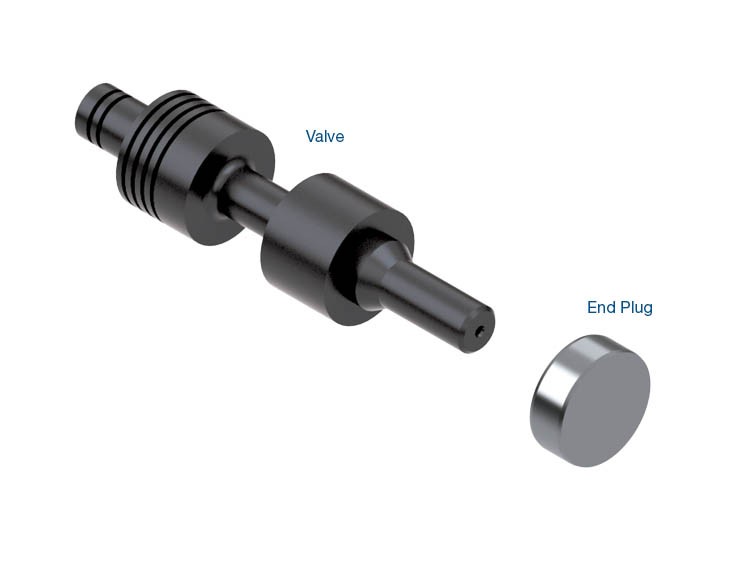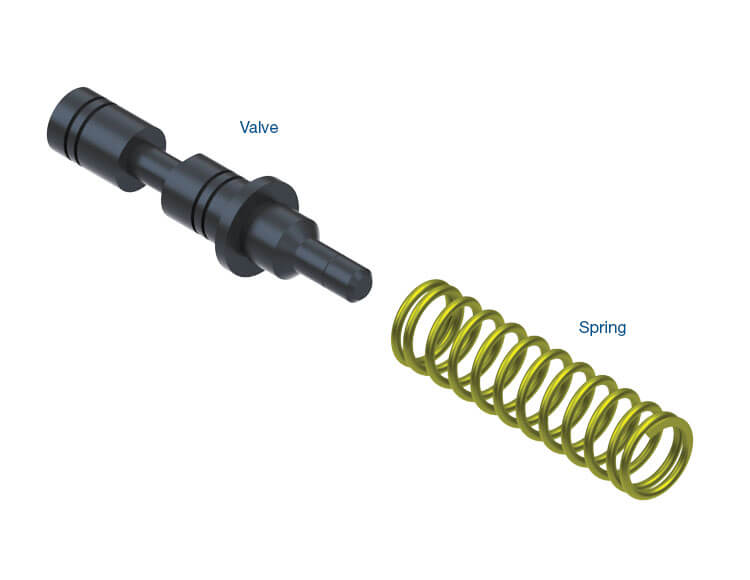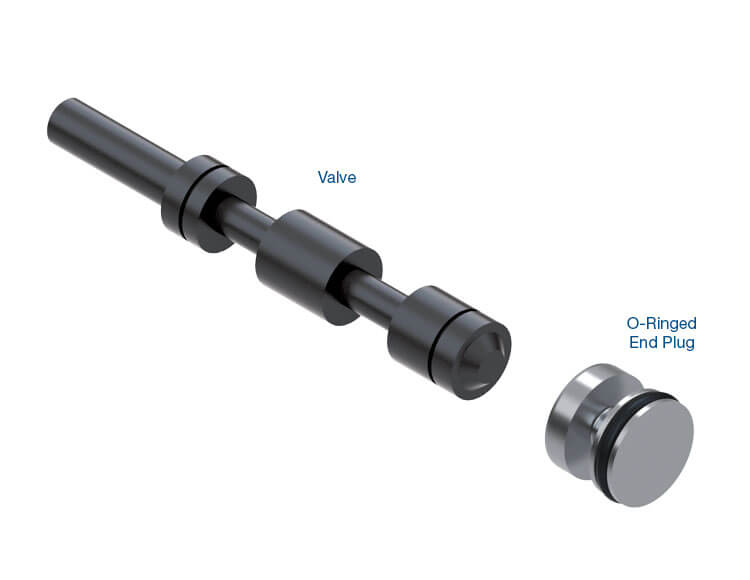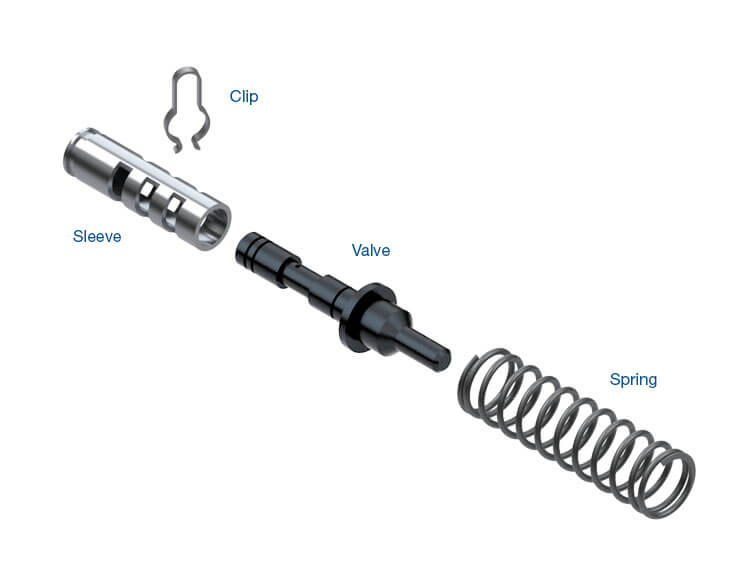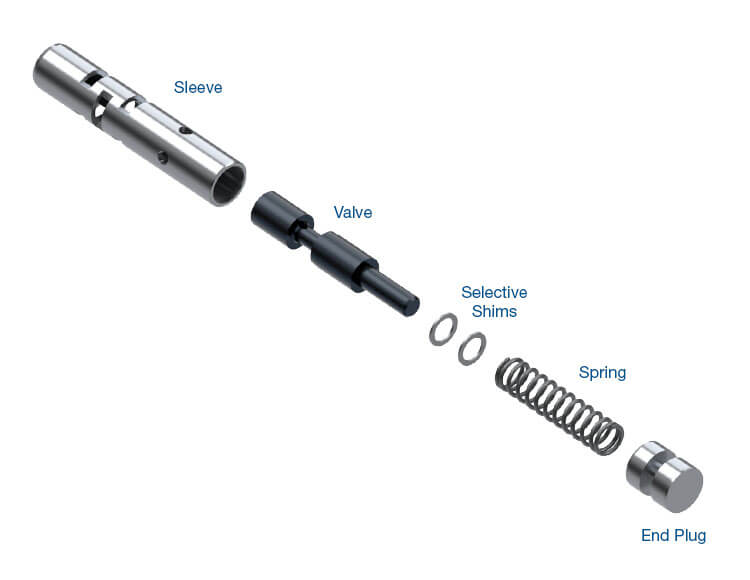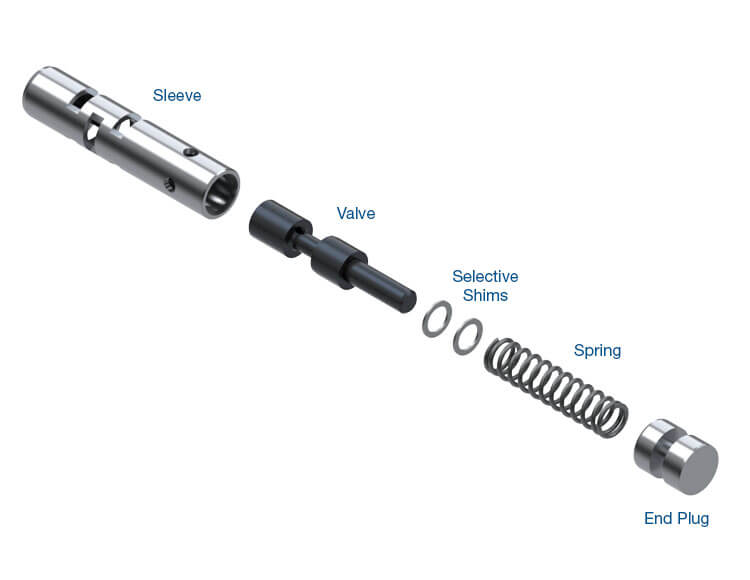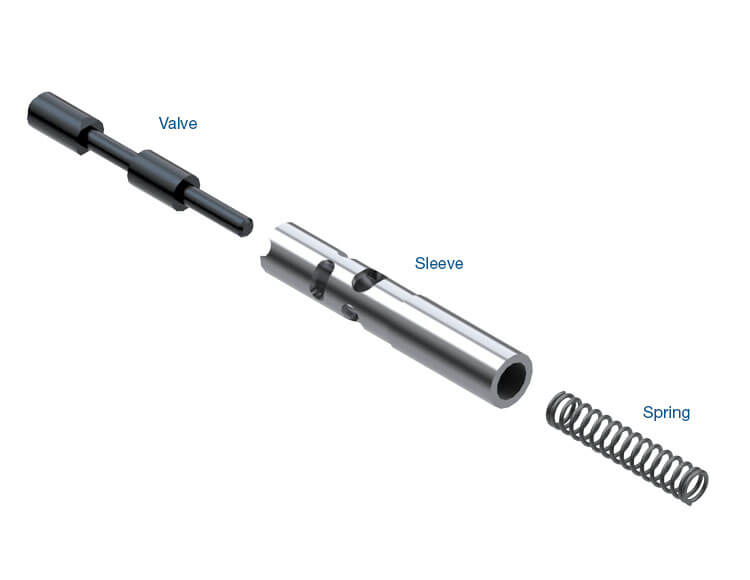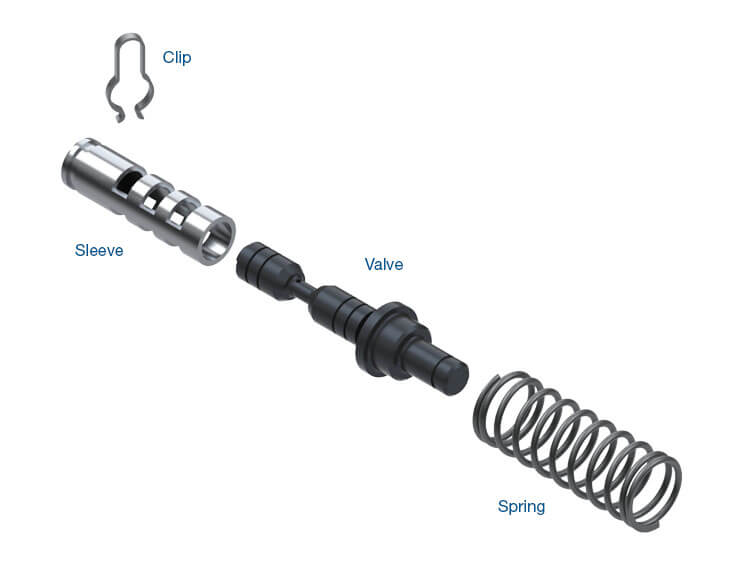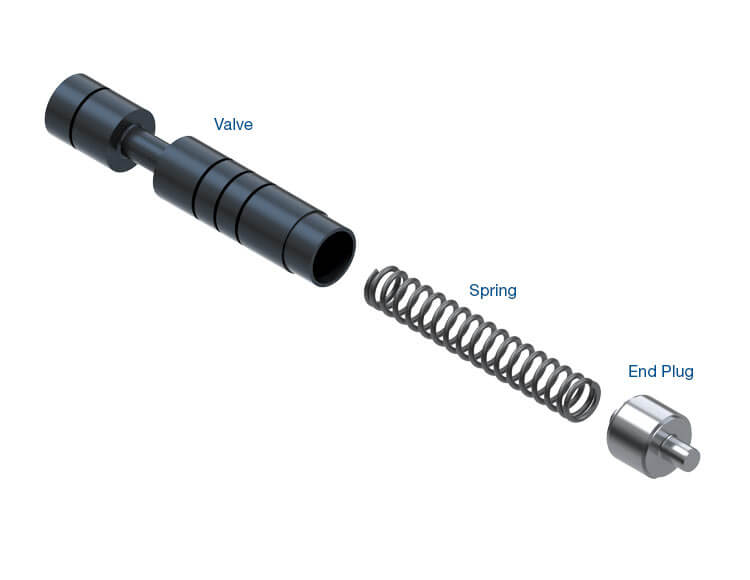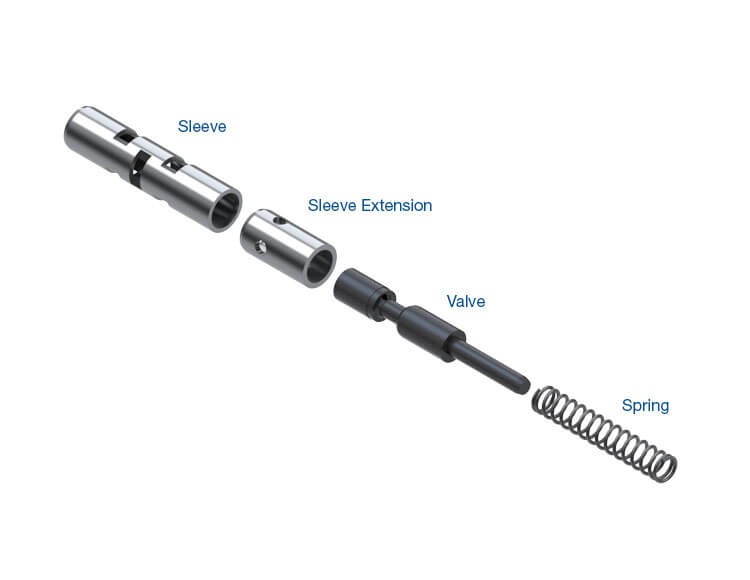April 20, 2020
Uncovering the Root Cause of Pressure & Complaints – The Critical Role of Solenoid Modulator & AFL Valves
Maura Stafford
Common problems among all transmissions are solenoid performance codes, wrong gear starts, harsh or soft shifts, slips and flares, missing gears, delayed engagements, no lockup or TCC slip/cycling and clutch failures. The issue becomes trying to find the root cause of these complaints so that the proper repairs can be made, the vehicle is returned to a grateful customer and you don’t have it fail warranty and come back.
While there can be multiple causes of these drivability complaints or component failures, the valve that feeds the solenoids could be responsible for all of them. Depending upon the manufacturer and transmission, it could be called the solenoid modulator, solenoid regulator or actuator feed limit (AFL) valve. Regardless of name, they function the same and are locations that should always be vacuum tested for wear.
The function of the AFL valve is to provide a consistent fluid pressure to the various solenoids so that they, in turn, can control EPC/torque signal and line pressures and the apply and release of the torque converter and various clutches, bands and brakes. The AFL is fed line pressure, which it regulates to a lower maximum pressure to solenoids, typically in the 80–115 psi range (Figure 1).
| Figure 1 – 4L60-E AFL Valve |
|---|
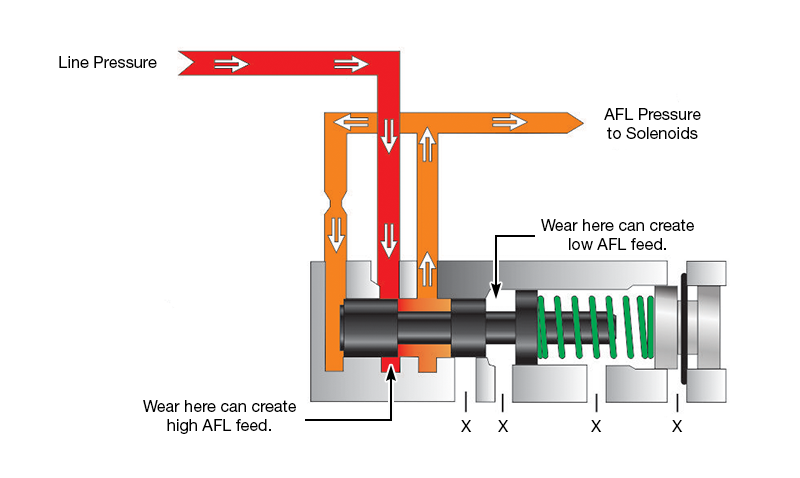 |
Whether this feed pressure is going to an on/off, variable bleed or linear-style solenoid, maintaining the specified pressure and flow is critical for proper function of the solenoid. Bore wear at the AFL valve can result in improper solenoid feed pressure and flow, which causes the host of drivability problems mentioned. Depending upon the location of the bore wear, high or low AFL feed will be supplied to the solenoids.
Affect on Solenoids
With a typical low-flow on/off solenoid circuit (Figure 2), the AFL feed to the solenoid is either directed to a shift valve or exhausted.
| Figure 2 – Typical On/Off Solenoid Circuit |
|---|
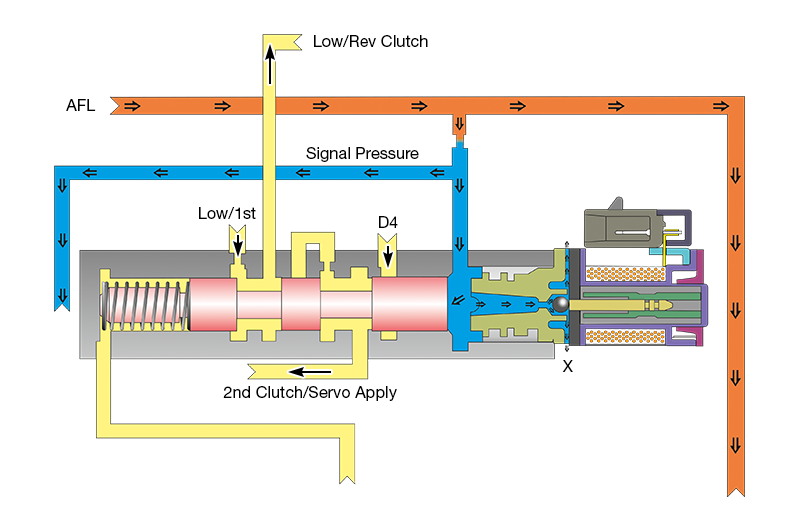 |
- When AFL feed pressure/flow is too high, the solenoid can be flooded beyond its ability to exhaust, particularly stroking the shift valve inappropriately.
- If AFL is too low, the shift valves may not stroke fully. Either case results in shift concerns, clutch failures, solenoid codes and TCC apply and release concerns.
Variable Force Pressure Control Solenoids
In a low-flow, variable-force pressure control solenoid, the TCM varies current to the solenoid, which adjusts the amount of feed pressure allowed to enter the control circuit by increasing or decreasing the variable restriction that opens to exhaust (Figure 3).
| Figure 3 – Variable Force Solenoid |
|---|
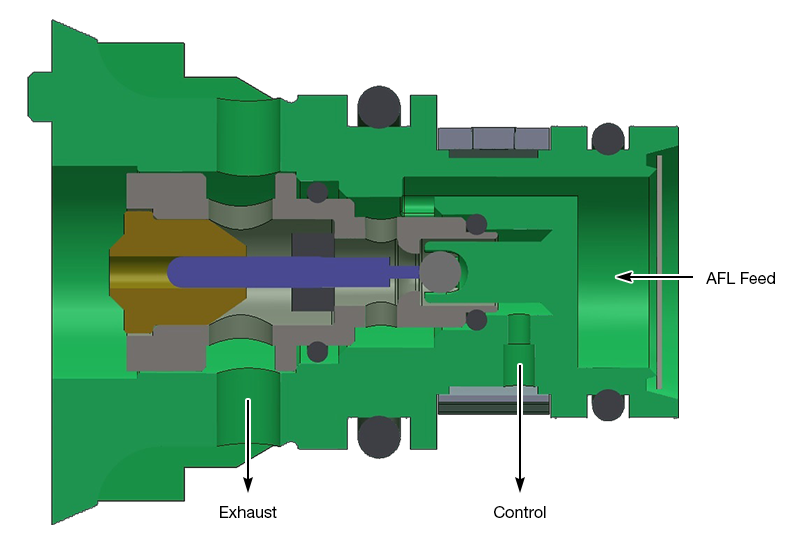 |
- In a clutch control solenoid, this control pressure is directed to the clutch control or regulator valves, which allows clutch pressure to be regulated during apply and release. If AFL feed is not corrected as it enters the solenoid, this can negatively impact the shift and clutch integrity if the TCM cannot adapt to the feed variation.
- In a line pressure or TCC pressure control solenoid, incorrect AFL feed results in compromised control pressure being fed to the pressure regulator and TCC regulator valves, resulting in high or low line pressure and TCC apply/release complaints.
Linear Solenoids
Linear solenoids are high-flow applications with AFL feed supplying a solenoid with an internal valve that is commanded by the TCM to regulate the outgoing control pressure to a circuit that feeds the same type of clutch control, pressure regulator and TCC regulator valves as the variable force solenoids (Figure 4). As would be expected, the same drivability complaints occur when AFL feed is too high or low.
| Figure 4 – Typical Linear Solenoid |
|---|
 |
Quickly Find Problems by Vacuum Testing
Regardless of the solenoid type, a worn solenoid modulator or AFL valve can create issues that make a perfectly functioning solenoid appear to have failed and have you chasing the root cause of pressure and shift complaints. These valves are quite active, so they are subject to wear. As they are integral in providing proper pressures to all apply components and help maintain proper line pressure, vacuum testing their integrity during a rebuild is great insurance against a comeback.
Learn More
Related Units
Related Parts
Required
Recommended
6L45, 6L50, 6L80, 6L90
Oversized Actuator Feed Limit Valve 104740-12
-
Helps cure:
- Solenoid performance codes
- Clutch failure
- Wrong gear starts
- Harsh shifts
- Soft shifts
Required
Recommended
Required
Recommended
Required
Recommended
6T30 (Gen. 1), 6T30 (Gen. 2), 6T31 (Gen. 3 6T40), 6T35 (Gen. 3 6T40), 6T40 (Gen. 1), 6T40 (Gen. 2), 6T41 (Gen. 3 6T40), 6T45 (Gen. 1), 6T45 (Gen. 2), 6T46 (Gen. 3 6T40), 6T50 (Gen. 1), 6T50 (Gen. 2), 6T51 (Gen. 3 6T40)
Oversized Actuator Feed Limit Valve 144740-01
-
Helps cure:
- No 4th
- No 5th
- No 6th
- Low clutch oil pressure
- Harsh shifts
- Flare shifts
Required
Recommended
6F35 (Gen. 1), 6F35 (Gen. 2), 6F35 (Gen. 3)
Oversized Solenoid Pressure Regulator Valve 144740A-01
-
Helps cure:
- Harsh shifts
- Flare shifts
- No 4th
- No 5th
- No 6th
- Low clutch oil pressure
Required
Recommended
09G, 09K, 09M, 6F21WA, TF-60SN
Solenoid Modulator Valve Kit 15741-18K
Fits either of two locations.
-
Helps cure:
- Code 734, 735, 729
- Kickdown slip
- Kickdown shock
- 4th Slip
- 5th Slip
- 6th Slip
Required
Recommended
09D, TR-60SN
Solenoid Modulator Valve Kit 25741-18K
Fits Either of 2 Locations
-
Helps cure:
- Linear solenoid codes
- Gear ratio codes
- Kickdown slip
- Kickdown shock
- 4th Slip
- 5th Slip
- 6th Slip
Required
Recommended
U151E, U151F, U250E
Solenoid Modulator Valve Kit 27741-13K
-
Helps cure:
- Slips & flares
- Erratic shift feel & engagements
- Harsh upshifts
- Bind-up
- Excess Reverse pressure & distorted housings
- TCC cycling
- TCC slip
- Low cooler flow
- Overheating
Required
Recommended
4L80-E, 4L85-E
Actuator Feed Limit Valve Kit 34200-16K
-
Helps cure:
- Wrong gear starts
- Clutch failure
- Solenoid performance codes
- No 4th
- Band failure
- Low solenoid feed pressure
- 2-3 Neutral
- 2nd Gear starts
- Code 68, 85, 86, 87
Required
Recommended
4R100, E4OD
Oversized Solenoid Regulator Valve 36947-14
Fits '96-later, 2-spool valve
-
Helps cure:
- 2nd Gear starts
- 3rd Gear starts
- TCC cycling
- TCC slip
- Reduced lube oil from the center support
Required
Recommended
E4OD
Oversized Solenoid Regulator Valve 36948-22
Fits '95-earlier, 3-spool valve
-
Helps cure:
- 2nd Gear starts
- 3rd Gear starts
- TCC cycling
- TCC slip
- Reduced lube oil from the center support
Required
Recommended
TF-80SC, TF-81SC
Oversized Solenoid Modulator Valve Kit 39741-18K
Fits either of 2 locations. Also fits Volvo (AM6); Opel (AF40); Peugeot (TF80); Saab (Af40/6); Land Rover (TF80); Ford (AF21) and Mazda (AW6A-EL).
-
Helps cure:
- Code 734, 735, 729
- Kickdown slip
- Kickdown shock
- 4th Slip
- 5th Slip
- 6th Slip
Required
Recommended
5L40-E, 5L50-E
AFL Valve Kit 55211-01K
-
Helps cure:
- 2nd Gear starts
- Gear ratio codes
- Low line pressure
- High line pressure
- TCC slip
- No 4th
- No 5th
- Forward clutch distress
- OD clutch distress
- Coast clutch distress
Required
Recommended
U140E, U140F, U240E, U241E
Solenoid Modulator Valve Kit 57917E-13K
-
Helps cure:
- Slips & flares
- Harsh upshifts
- Bind-up
- Harsh Reverse
- TCC cycling
- TCC slip
- Excess Reverse pressure & distorted housings
- Low cooler flow
- Overheating
Required
Recommended
55-50SN, 55-51SN
Oversized Solenoid Modulator Valve Kit 59947-34K
Also fits AF23/33 and RE5F22A.
-
Helps cure:
- Low line pressure
- 2-3 Flare
- No 3rd
- No 4th
- No 5th
- Delayed Forward
- 5th Gear only
- No lockup
Required
Recommended
4T80-E
AFL Valve Kit 72854-01K
-
Helps cure:
- Solenoid performance codes
- 2nd Gear starts
- Soft shifts & poor line rise
- Harsh shifts
- No 4th
- Clutch failure
- Band failure
- Wrong gear starts
Required
Recommended
4L60-E, 4L65-E, 4L70-E
Actuator Feed Limit Valve Kit 77754-09K
-
Helps cure:
- Wrong gear starts
- Solenoid performance codes
- Erratic line pressure
- Clutch failure
- Band failure
- No 4th
- Harsh shifts
- 2nd Gear starts
Required
Recommended
Required
Recommended
4T65-E
AFL Valve Kit 84596-02K
-
Helps cure:
- Erratic line pressure
- Maximum adapt
- Code 1811
- 2nd Gear starts
- Poor EPC control
- Long shifts
- TCC piston failure
Required
Recommended
6R100, 6R60, 6R75, 6R80 (2009–2014), 6R80 (2015-Later), ZF6HP19, ZF6HP26, ZF6HP32
Oversized Solenoid Pressure Regulator Valve Kit 95740-17K
ZF valve name: DR.REO-V
-
Helps cure:
- Flare shifts
- Neutral shifts
- Harsh upshifts
- Harsh downshifts
- Gear ratio codes
- Solenoid performance codes
- Delayed Forward
- Delayed Reverse
- Wrong gear starts
- TCC slip
Required
Recommended
4F50N, AX4N, AX4S, AXODE
Oversized Solenoid Regulator Valve Kit 96201-21K
-
Helps cure:
- Code 1741, 1744
- TCC cycling
- No lockup
- TCC surge
Required
Recommended
ZF6HP21, ZF6HP28, ZF6HP34
Oversized Solenoid Pressure Regulator Valve Kit 95740-64K
ZF valve name: DR.REO-V
-
Helps cure:
- Delayed engagement
- Flare shifts
- Harsh downshifts
- Neutral shifts
- High line pressure
- Harsh upshifts
- Wrong gear starts
- Gear ratio & solenoid codes
- TCC slip
Required
Recommended
U660E, U660F
Oversized Solenoid Modulator Valve Kit 47740-24K
-
Helps cure:
- Shift concerns
- Solenoid performance codes
- TCC apply & release concerns
Required
Recommended
U760E, U760F
Oversized Solenoid Modulator Valve Kit 47740-25K
-
Helps cure:
- Shift concerns
- Solenoid performance codes
- TCC apply & release concerns
Required
Recommended
Required
Recommended
4R44E, 4R55E, 5R44E, 5R55E
Oversized Solenoid Regulator Valve Kit 37947-48K
-
Helps cure:
- Wrong gear starts
- Solenoid performance codes
- TCC codes & concerns
- Harsh shifts
- Soft shifts
- Burnt TCC apply components
- Burnt clutches
Required
Recommended
JF015E (RE0F11A)
Oversized Solenoid Regulator Valve Kit 33741F-03K
Also fits Mitsubishi FICJB
-
Helps cure:
- Chatter on acceleration
- Noise on acceleration
- Push belt slippage
- Increased push belt & pulley wear
- Low line rise
- Low solenoid feed pressure
- No ratio change
Required
Recommended
6T70 (Gen. 2), 6T75 (Gen. 2), 6T80 (Gen. 2)
Oversized Actuator Feed Limit Valve Kit 124740-48K
-
Helps cure:
- Wrong gear starts
- Clutch failure
- Solenoid performance codes
Required
Recommended
6R140
Oversized Solenoid Feed Pressure Regulator Valve Kit 126740-24K
-
Helps cure:
- Delayed Reverse
- Flare shifts
- Harsh shifts
- Delayed Forward
Required
Recommended
Required
Recommended
Required
Recommended
Required
Recommended
Required
Recommended
948TE, Honda, Acura 9-Speed, ZF9HP48
Oversized Solenoid Pressure Regulator Valve Kit 85740-11K
-
Helps cure:
- Harsh downshifts
- Neutral shifts
- High line pressure
- Harsh upshifts
- Wrong gear starts
- Gear ratio & solenoid codes
- TCC slip
- Flare shifts
- Delayed engagement
Required
Recommended
While Sonnax makes every effort to ensure the accuracy of technical articles at time of publication, we assume no liability for inaccuracies or for information which may become outdated or obsolete over time.
